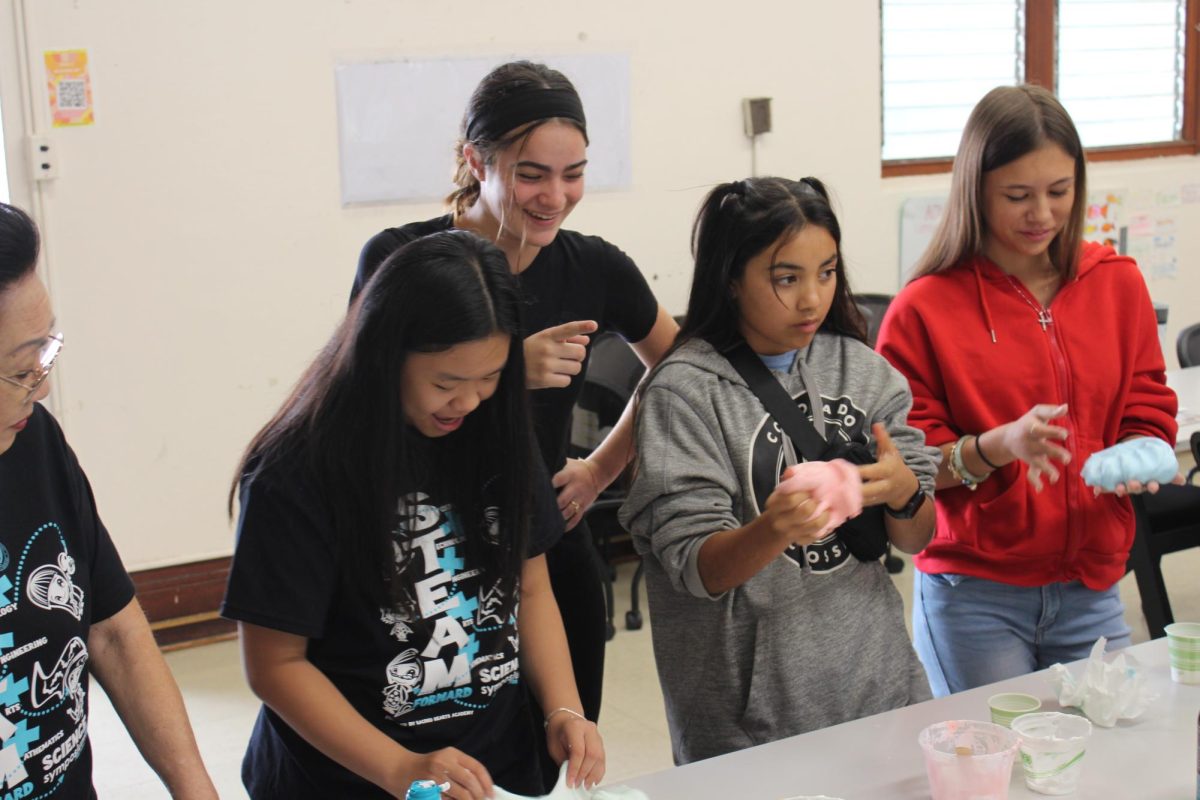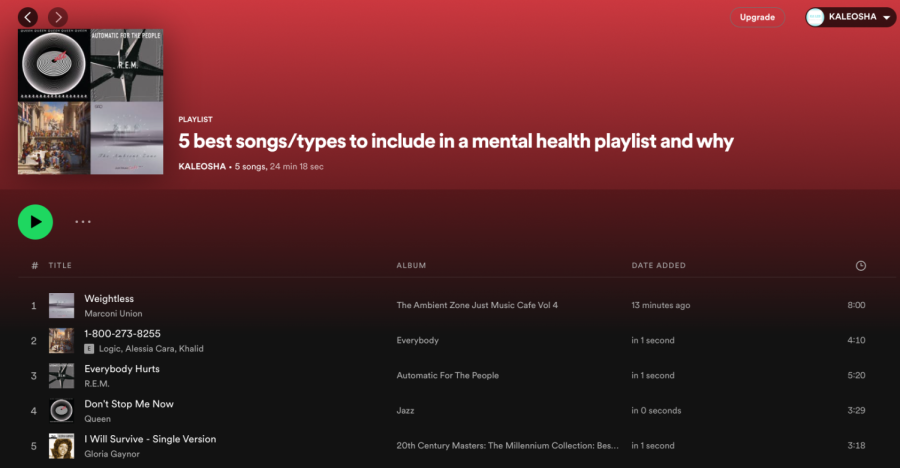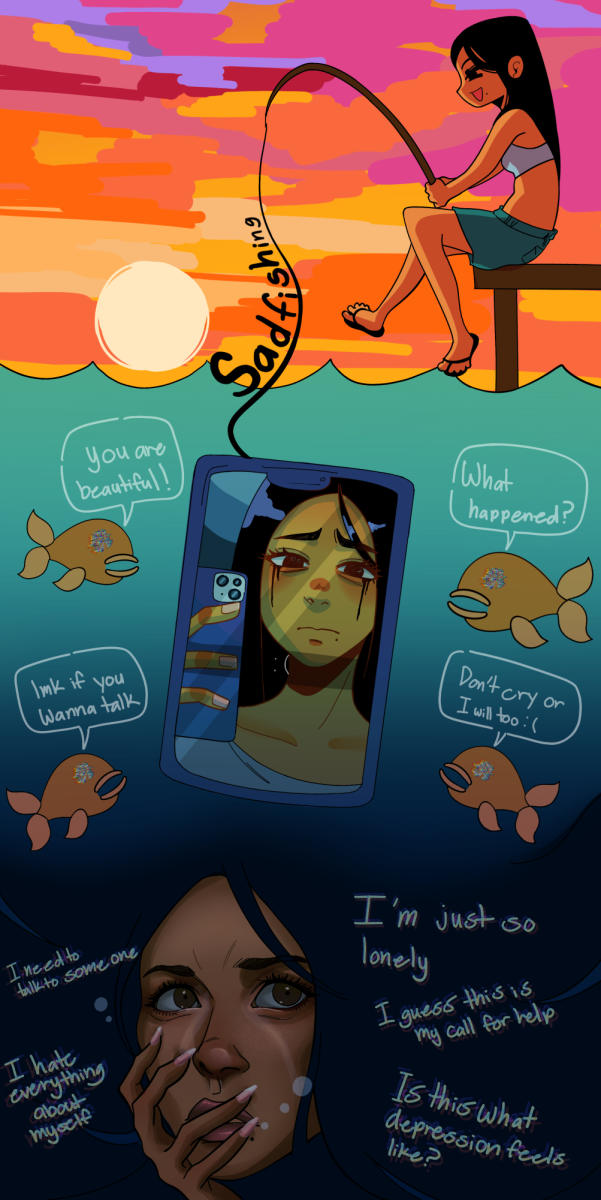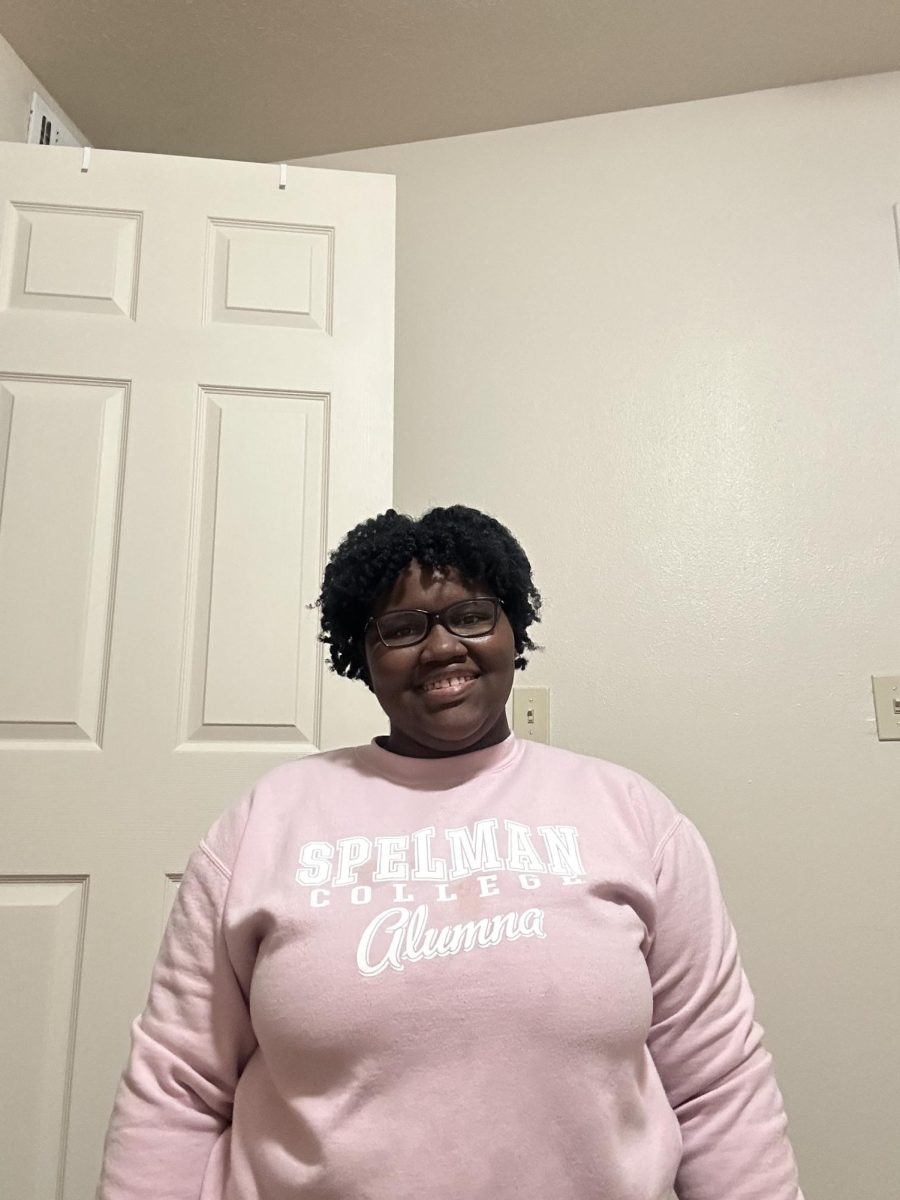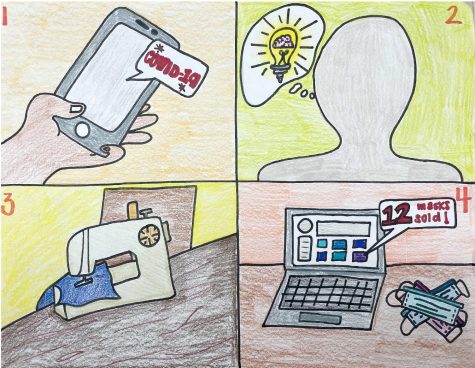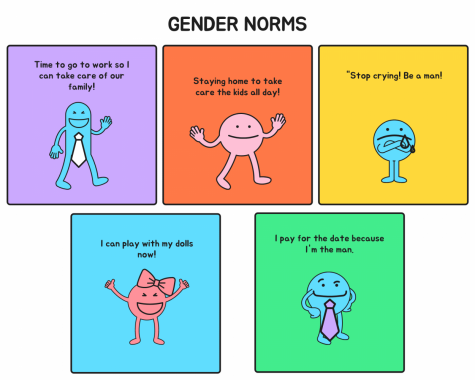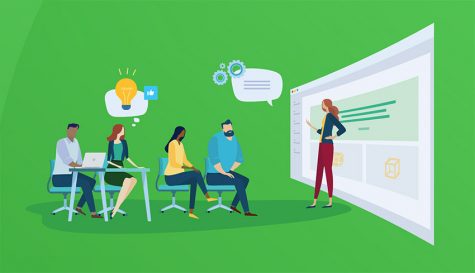Less time online, more time living


Photo credit: Google Images.
February 24, 2015
Today’s teens appear to be inseparable from their electronics. Many consider them vital to their well-being.
This profound attachment can prove detrimental to teen lives.
A recent study from 2013 shows that 70 percent of teens 13-17 owns and uses a smartphone. In 2011 the number was a mere 36 percent. This increase suggests that teens are rapidly and enthusiastically adopting the new technologies.
More than just teens, however, younger children are becoming frequent, and often compulsive, users of technology. The average 8-10-year-old spends up to eight hours in front of a screen, according to Scripps Health System in San Diego.
Dania Lindenberg, M.D., a pediatrician at Scripps Coastal Medical Center, says that “children spend far too much time in front of a screen. This takes away from time spent interacting with their friends and family, being physically active, and reading or doing homework.”
Spending too much time on the Internet results in hindered brain function.
Neuroscientists and radiologists in China conducted an experiment which proved that heavy Internet use caused visible damage in the cortex of Internet users, “where the processing of memory, emotions, speech, sight, hearing and motor control occurs,” according to an article by Sarah Harris in DailyMail.com.
Although the benefits of using electronics outweigh the disadvantages, the number of possible negative effects must be considered by teens and parents of young children.
By limiting screen time, young people have more opportunity to participate in physical activities, such as recreational sports, yoga or dance. Physical exercise can prevent diseases brought on by obesity, including Type 2 diabetes, high cholesterol, high blood pressure and various cancers.
Teens and children also benefit by interacting with people and forming relationships, which cannot be done properly because of the interference and impersonal nature of electronics.
Counselor Angela Dolan believes that turning to technology when misunderstandings arise is not the way to deal with them.
“Technology has become the go-to. When you have conflicts or things to say, you immediately turn to technology when a lot of the time it would be easier and more direct to say it to people, face-to-face. They become obscured and twisted messages between teens and the people in their lives,” said Dolan.
The use of electronics has become more than casual in recent years. For many, it is an obsession. The overwhelming use of electronics must be limited to ensure the mental, physical and social well-being of the current generation.


